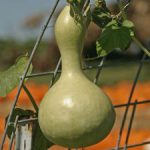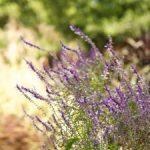A wailing and gnashing of teeth can be heard throughout Texas as many of us are worried about whether our favorite trees will die. While you should be concerned, do not distress.
Droughts occur on a regular basis in Texas. In fact, droughts occurred in 1917 and 1925, and there was the drought of record during the 1950s. In all these circumstances, existing native trees managed to survive.
Every tree species has drought survival techniques, but certain species are more adept at survival than others.
- The much maligned mesquite scoffs at drought and is literally harmed by too much water.
- The majestic live oak endures drought, but as we’ve witnessed lately, live oaks will lose their leaves if a drought persists.
- During lengthy droughts, Texas red oak canopies will scorch or the leaves drop. Still, for several decades, I’ve seen many a Texas red oak’s canopy turn red or defoliate and then with good winter and spring rains re-foliate a vibrant green.
Therein lies the secret. Sufficient soil moisture in late winter through early summer provides the greatest health benefit for trees, allowing them to build-up food reserves with minimal stress. Always water deeply in late February through June if there is no rainfall.
Watering properly means focusing on the root ball for newly planted trees, and concentrating on the canopy drip line and toward the tree trunk for established trees.
Drip tubes, soaker hoses, or a hand-held hose are the best methods for watering trees. Whichever method you choose, water until the top 4 inches of soil are moist, but not saturated. Remember this is not a native tree’s first drought rodeo. They have the natural ability to survive.




